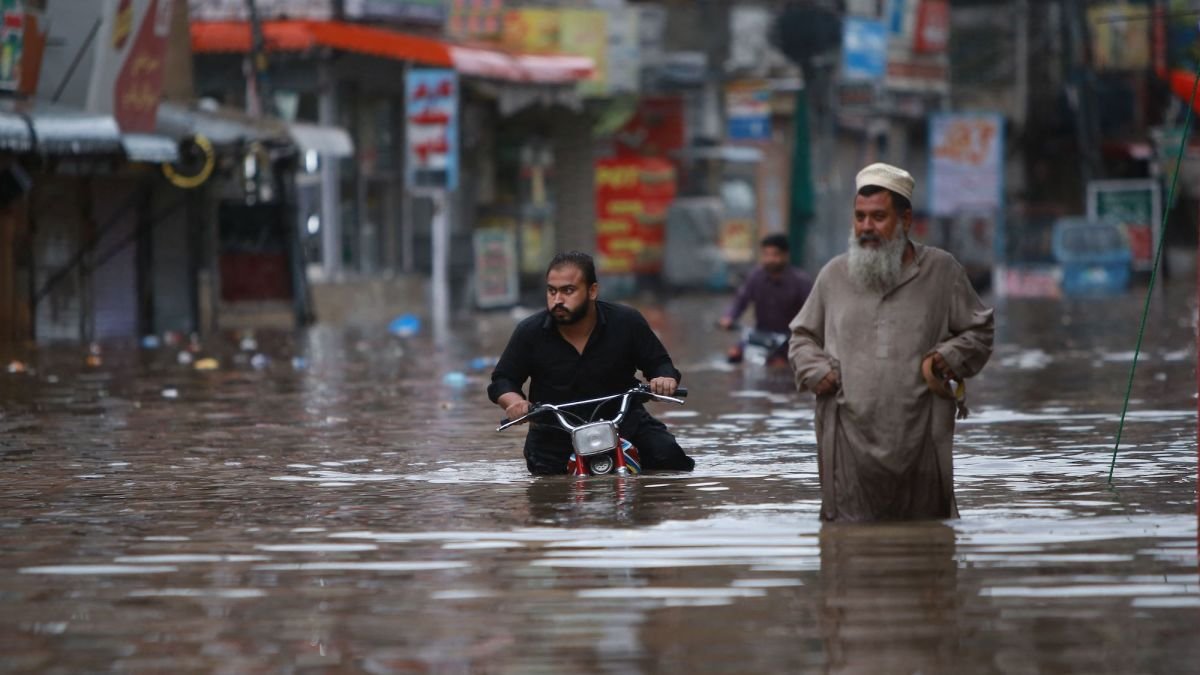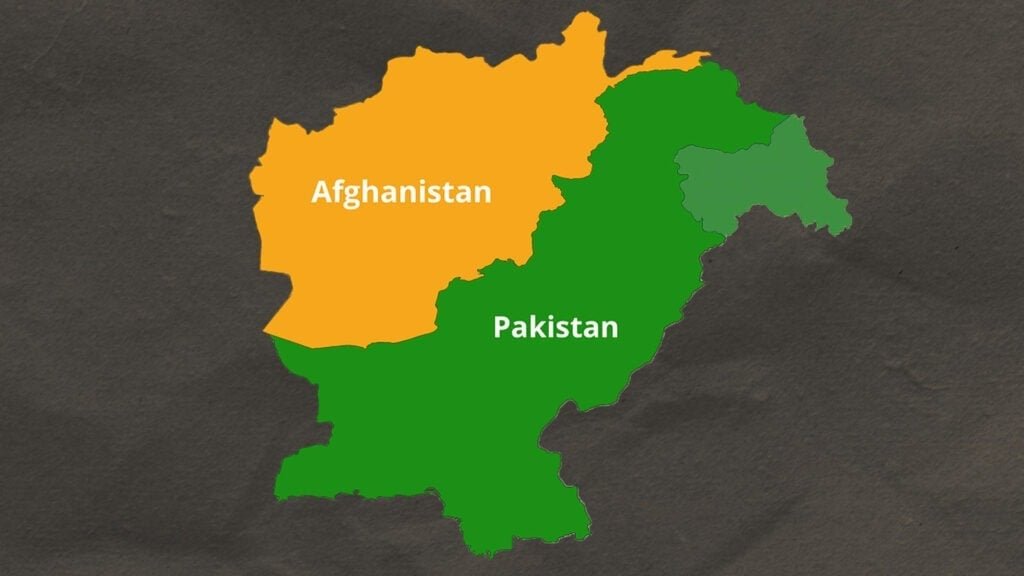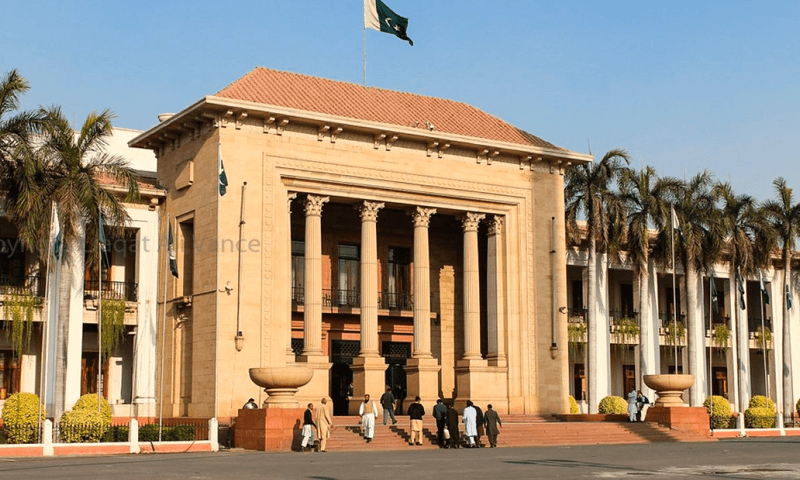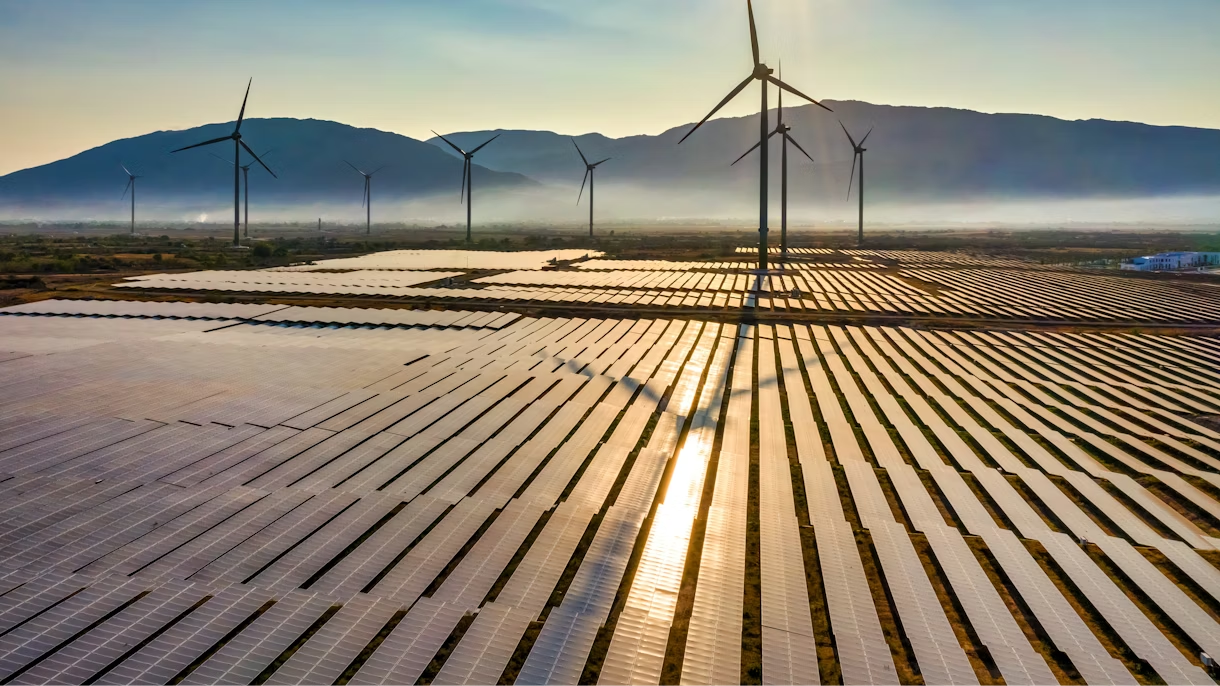Arshad Mahmood Awan
Prime Minister Shehbaz Sharif’s lament in Buner—that Pakistan has failed to learn from the catastrophic 2022 floods—is both accurate and profoundly tragic. Communities across Khyber Pakhtunkhwa, Gilgit-Baltistan, Karachi, and beyond are again burying their dead, counting their losses, and enduring displacement. Calling unchecked construction on floodplains and riverbanks a “human blunder” is right, but the reality cuts deeper: Pakistan faces a compounded disaster in which climate shocks collide with decades of institutional neglect, corruption, and misgovernance.
Pakistan sits at the frontline of climate vulnerability. Northern glaciers—among the largest outside the poles—are melting at alarming rates, heightening glacial lake outburst flood risks. Unpredictable monsoons now deliver sudden, heavier downpours over saturated plains. Meanwhile, deforestation, especially in KP, has stripped hillsides of natural barriers that once absorbed water and anchored soil. Trees felled for timber or cleared for unregulated development leave landscapes primed for landslides upstream and flash floods downstream, converting ordinary rains into destructive torrents.
Follow Republic Policy YouTube
The devastation is no longer confined to remote valleys or farmlands. Urban centres—Karachi, Lahore, Peshawar—are increasingly overwhelmed by clogged drains, weak zoning, and aging infrastructure. A single cloudburst can trigger a public health emergency, displacing families, contaminating water, and spreading disease. What sound urban planning could prevent has become a recurring nightmare: every monsoon repeats the last, only costlier and deadlier, eroding citizen trust and exhausting public resources needed elsewhere.
Follow Republic Policy on X (Twitter)
Structural reform—not ad hoc relief—must define the state’s response. Pakistan needs integrated early-warning systems linking real-time monitoring of glacial lakes, river basins, and rainfall to timely, localized evacuation alerts. Cities require climate-smart drainage upgrades, solid-waste management, and flood-resilient housing codes. Rural areas need embankments, watershed restoration, and community forestry. The science is clear and solutions are known; the gap is sustained execution, protected from political cycles and bureaucratic drift.
Follow Republic Policy Facebook
Implementation has long been the Achilles’ heel. After the 2010 super floods, the 2014 rains, and the 2022 catastrophe, promises proliferated but enforcement faltered. Corruption in permits, regulatory capture, and elite influence kept illegal construction on riverbanks and fragile slopes alive. Without independent inspections, transparent land records, and prosecution of violators, bans are performative. The state must demonstrate that the rule of law outweighs patronage—especially where lives and livelihoods are at stake.
The economics of negligence are unsustainable. Rebuilding the same bridges, roads, and schools after each deluge diverts scarce funds from health, education, and productive investment. Recurrent destruction compounds poverty, erodes dignity, and entrenches vulnerability. Climate finance can help, but external support cannot substitute for domestic governance. A coordinated national framework—federal leadership, empowered local governments, and cross-provincial cooperation—is essential because floods ignore administrative borders even when politics does not.
Follow Republic Policy Instagram
Ultimately, Pakistan’s flood crisis is a governance test. Technical fixes—from flood zoning and hazard mapping to community-based reforestation—are available, but they require integrity, capacity, and political will. If the state can enforce land-use laws against vested interests, invest in climate-resilient infrastructure, and institutionalize accountability, it can bend the curve from disaster response to risk reduction. The choice is stark: repeat tragedy or build resilience. The measure of leadership will be which path is taken—consistently, not just after the waters recede.















